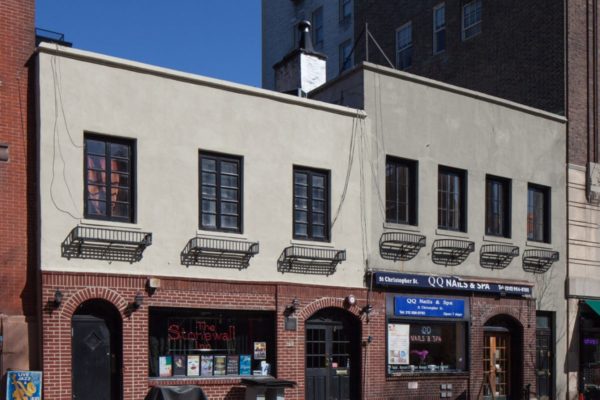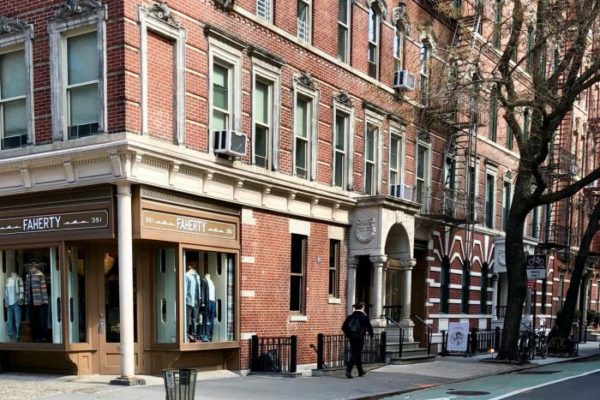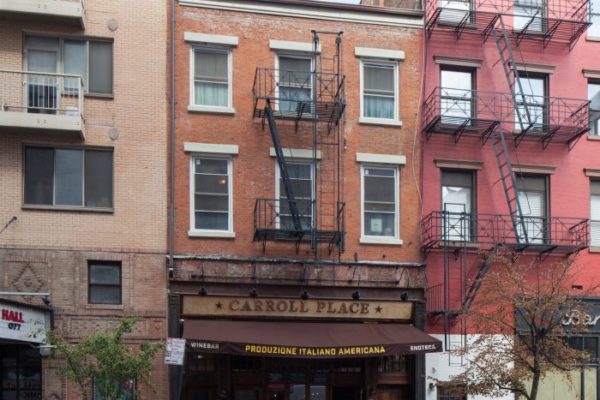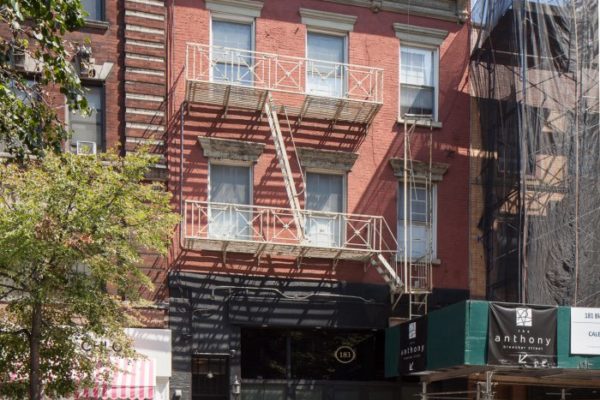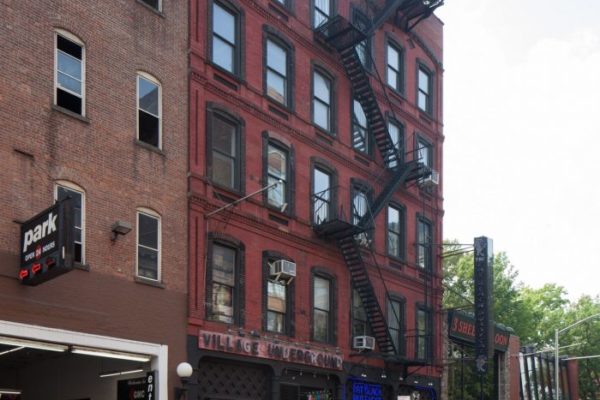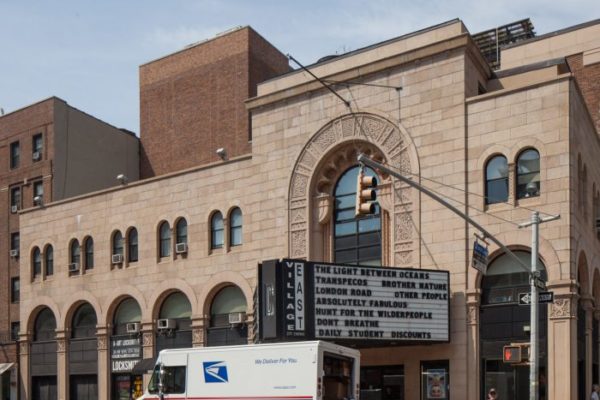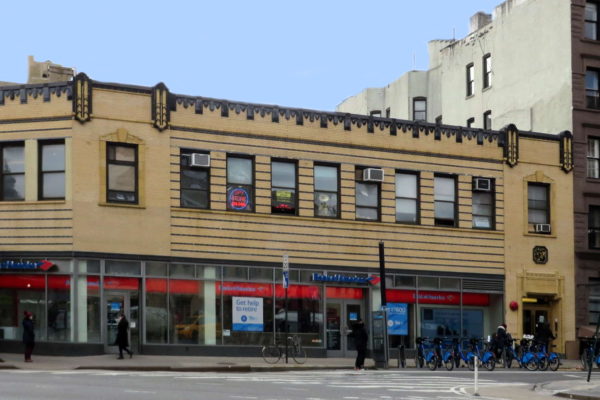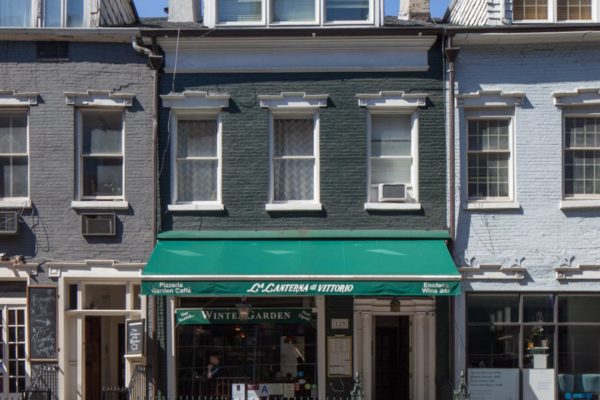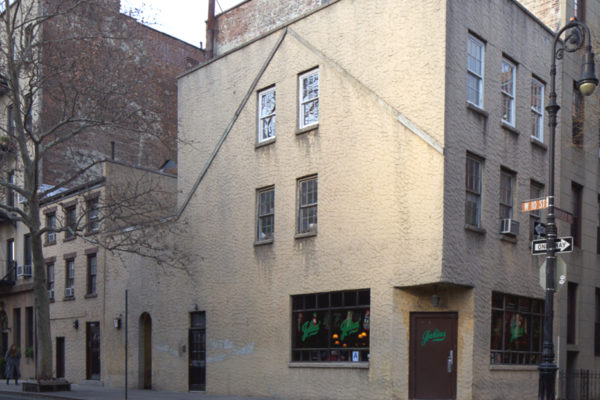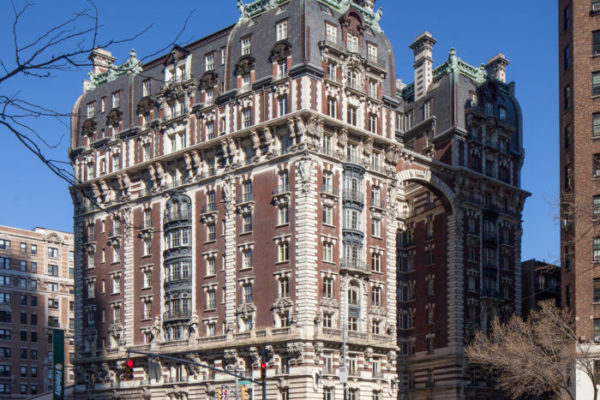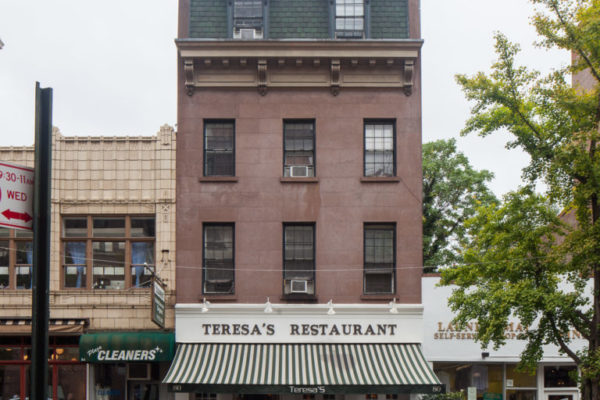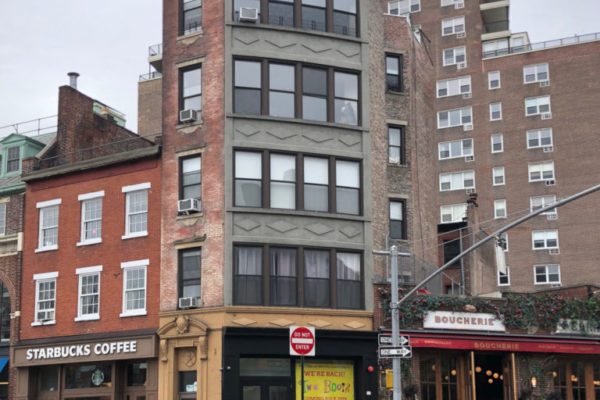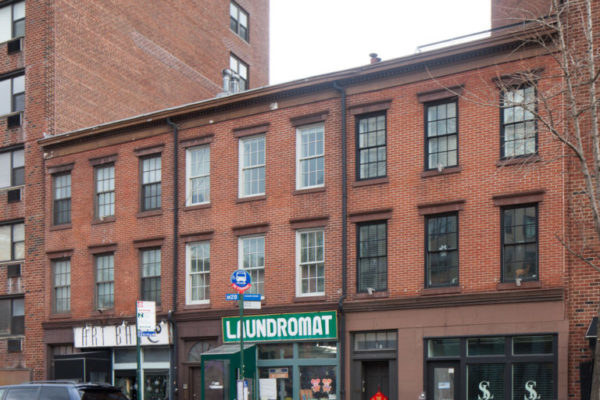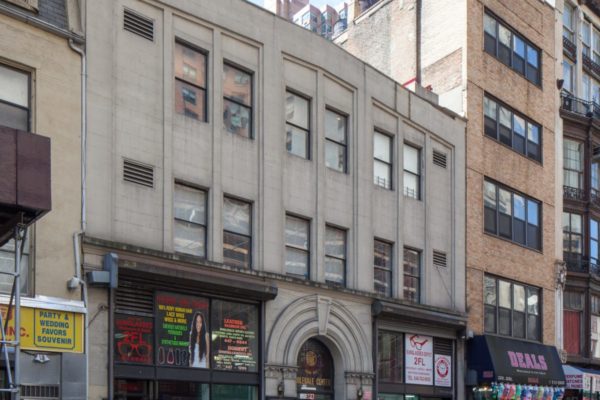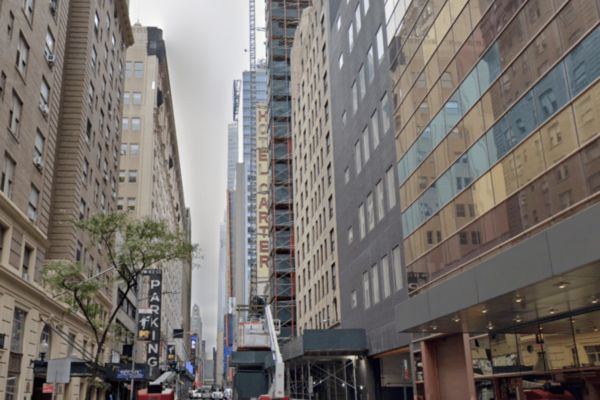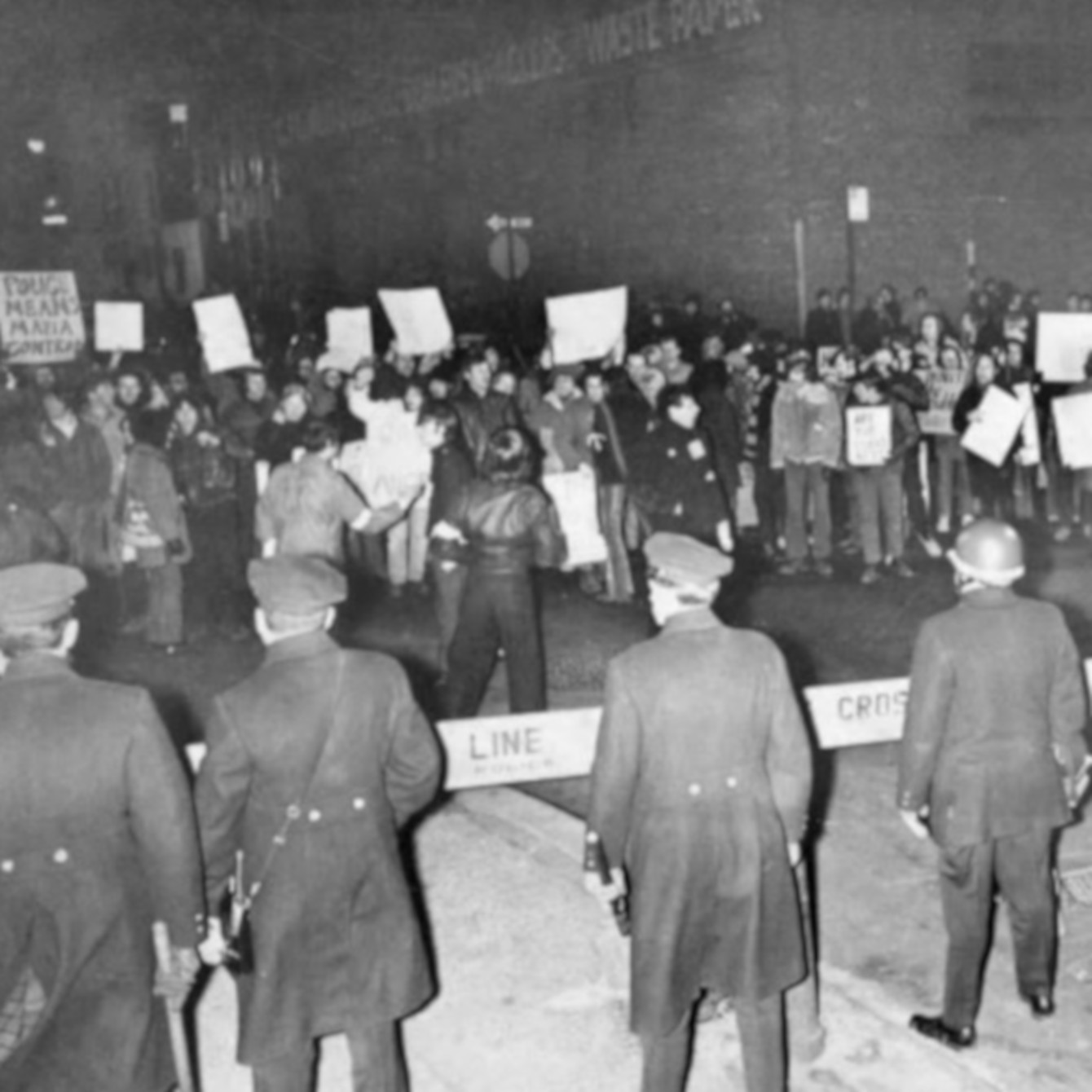
Bar Raids & Forced Closures
overview
In the 19th and 20th centuries, gay and lesbian bars and clubs were subject to various oppressive forms of social control. At first, there were the police and religiously-affiliated individuals and groups, such as the New York Society for the Suppression of Vice that dictated morality and raided bars and clubs.
After the end of Prohibition and the creation of the New York State Liquor Authority (SLA), gay and lesbian bars and clubs came to be controlled by the Mafia. They were subject to routine police raids, with establishments like the Sea Colony, a 1950s-60s lesbian bar, raided weekly. The Mattachine Society’s 1966 “Sip-In” at the gay bar Julius’ sought to bring media attention to this kind of discrimination.
This curated collection features gay and lesbian bars and clubs in New York City that were raided by the police or shut down (or were attempted to be) by the likes of the SLA, moral reformers, and others.
Historic Sites in Bar Raids & Forced Closures
The Louis N. Jaffe Art Theater, a former Yiddish theater, was the location of the Mafia-controlled Club 181 (1945-51), known for its lavish shows of “female impersonators” (a term used... Learn More
The Everard Baths, one of the most legendary of New York’s bathhouses, was a refuge for gay men probably since its opening in 1888, but definitely by World War I. As... Learn More
In 1982, as policing of Times Square intensified and plans to redevelop the area began to make headway, the police twice raided Blue’s, a predominantly working-class Black and Latino gay... Learn More
